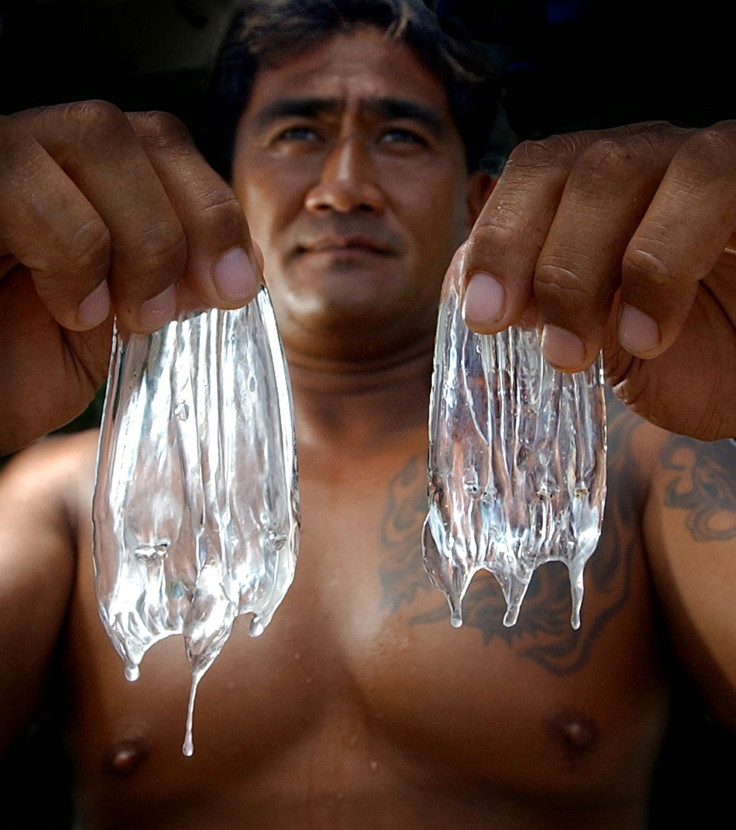Australian experts take deadly box jellyfish for ‘milking’ process

In the waters of Australia, a new effective technique for milking box jellyfish to extract its deadly venom has been developed by an international research team for the development of life-saving drugs. The technique will be used to prepare readily obtainable venom harvested in a reproducible manner, researchers said.
The team, led by University of Queensland venomologist Associate Professor Bryan Fry, said extracting venom from the jellyfish was a lot harder than other venomous creatures such as snakes and spiders. The technique was developed to provide a sufficient venom supply for future research about developing life-saving anti-venom against the sting of the deadly jellyfish.
The report, published in the journal Toxins, stated the scarcity of jellyfish venom was due to the difficult process of extraction to supply the quantities needed for sustainable and meaningful research. Fry stated without the raw material, “life-saving anti-venom cannot be developed, and we can't study how venom components can be developed into new drugs."
The sting of the box jellyfish can stop a human heart from pumping blood within minutes, and the victim would suffer unbearable pain.
With the new method, the venom can be collected through using ethanol as a counterintuitive substance to encourage the jellyfish to secrete venom. The substance prompts the venom cells, called nematocysts, to fire and squirt out venom which the researchers will immediately collect and keep uncontaminated.
Obtaining venom from the jellyfish has been challenging, but the new method, according to Fry, is “a practical one that can be used in the field with high efficiency.” The team then hopes the process will be equally useful for collecting venom from all other jellyfish.
However, the research had unique difficulties such as a handling a delicate animal which is impossible to keep or breed in captivity and is found only in cyclone-prone areas of northern Australia and the Indo-Pacific region, often in crocodile habitat, Fry said.
Contact the writer at feedback@ibtimes.com.au or tell us what you think below






